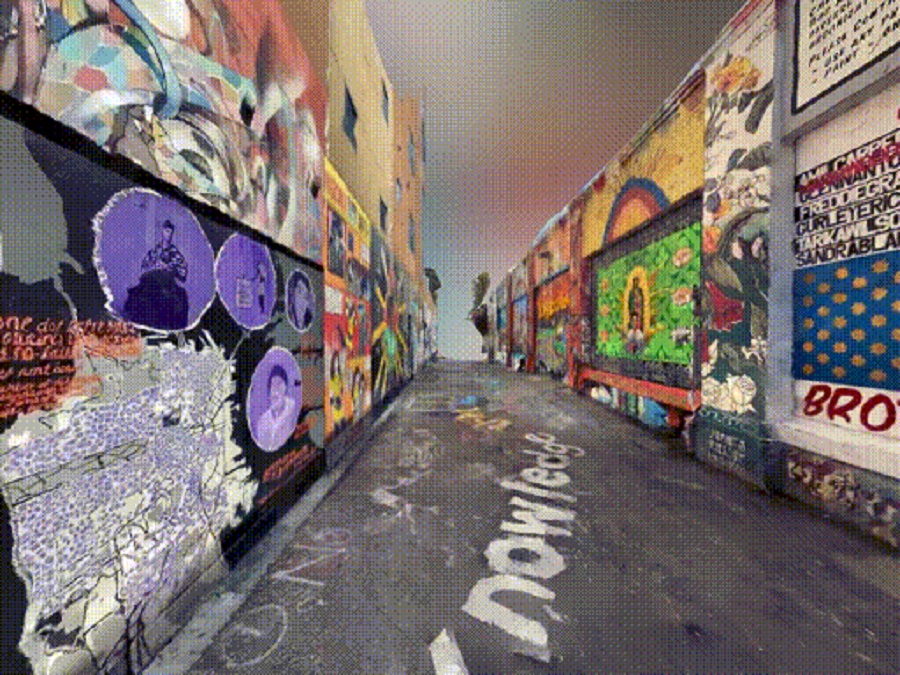Ubiquity6 is launching Display.land, an augmented reality app that lets people capture the world around them, edit and mash it up, and then share it with other people.
With this merger of physical and digital worlds, reality becomes a canvas for creative people to decorate with virtual imagery. The app is available on iOS and Android, and it uses the graphics processing power of smartphones and photogrammetry, or precisely interpreting and stitching together photos to get a sense of space, to do its work. It also taps Ubiquity6’s cloud servers.

Unlock premium content and VIP community perks with GB M A X!
Join now to enjoy our free and premium membership perks.
![]()

![]()